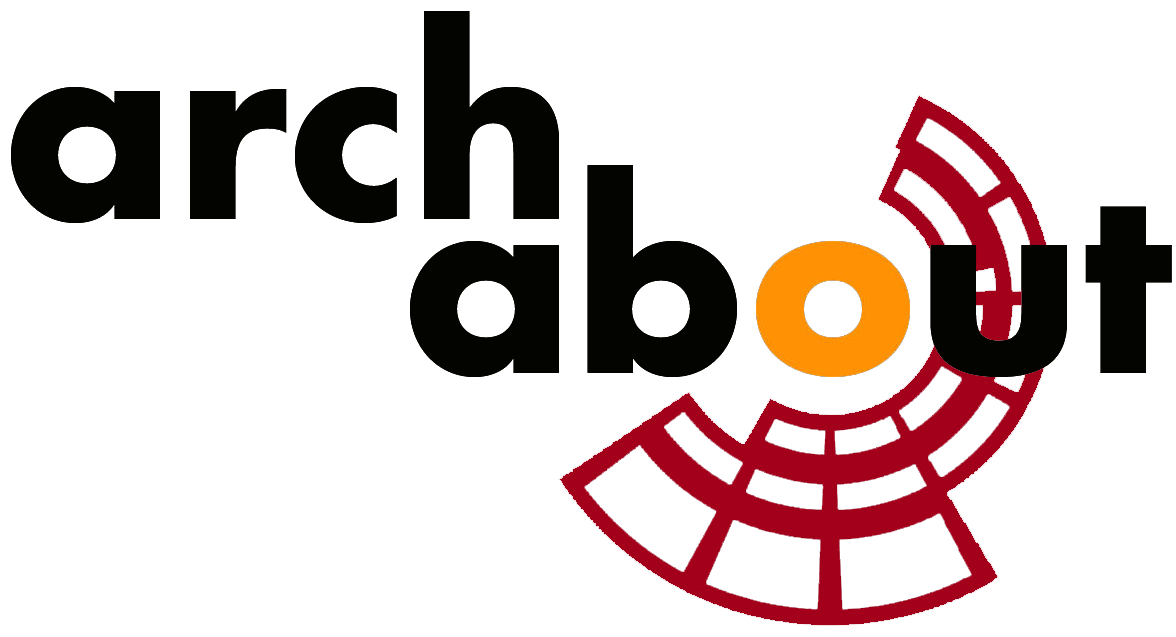Art & Science of Space AASOS
Archabout is committed to further disseminate and promote the longstanding career of prof Gianfranco Moneta, in which he developed a number of methodologies that helped thousands of students to became successful architects all over the world.
His methodologies had been tested in many different settings, places and typologies, realising architectures that are respectul of the local culture, people and heritage, while answering the requests of our challenging society.
Archabout Manifesto
Space is a synthesis of physical space, mental space and virtual space.
The Science of Space is about the analysis and reading of a place in order to understand and interpret its complex stratification of signs.
The Art of Space is about a creative and design action, already present in the analysis, aimed at re-attributing meaning to places and artifacts.
The interaction between Art-Science and, consequently, the Analysis-Design interaction, is the methodology that the Program wants to apply to the physical and digital space to identify new sequences of meaning, new material and immaterial configurations in a critical relationship with memory.
Architecture is considered as a critic methodology that –redefining the notion of transformation process – recovers the relationship between site, memory and design, with a focus on the Analysis-Design interaction, to explore and apply new technologies and the relation with historical models.
The Program also acknowledges and foster the hybridation of disciplines as a key factor to design and manage our fluid living space. It crosses the boundaries of architecture, scenography and site-specific theatre performance; it is aimed at creating new relationship with the spatial context, real and virtual, to define new boundaries for the body and the action.
Architectural Language
Our attention is focused on compositional side of architectural design.
Our goal in fact is to develop a method based upon specific keys that constitute the structure of an architectural language. Thus, the objects of the architectural composition should not be just technological elements (brick walls, pillars, concrete floors etc.), but conceptual Elements, all characterized by their specific intrinsic characteristics. Elements possess specific inner nature (semantic connotation) and external relationships that bond together architecture with the context (syntax). Contemporary architectural culture, after Modern Architecture’s crisis, has searched inspiration in the architecture of the past (post-modern architecture), in the muscles of technology (hi-tech architecture) and following evolutionary process of nature. In order to avoid the mere imitation of nature/history, Archabout methodology is aimed at extracting architecture’s DNA through the analytical study of the logic contained in both contemporary and heritage architecture. The aim is to extract elementary constituent principles and to develop possible models that could generate new architectural organisms deeply rooted to the context. Context is here intended as the natural environment and the built environment, including its social-economic aspects.
AASOS Courses
1- Analysis-Design Interaction (ADI)
Interaction Analysis-Design is the methodology that we applies to space, to identify new sequences of meaning, new material and immaterial configurations in a critical relationship with history and memory.
The design activity is here considered as an action of use or re-use of the place and its components; some are present at the moment of the activity, others are no longer visible, but still conditioning the actual state of the place. The Course utilizes a new methodology that, analyzing and revealing the Models of Use/Re-use of the territory, identifies its ‘Form of Transformations’, informing both urban and architectural design.
2- Architecture by Elements (ABE)
The purpose of ABE is to activate not only an emotional relationship with history, but also to investigate in depth the ancient-modern relationship to rediscover Values and anchor contemporary research in architecture to a past that must be perceived as alive and vital.
The Values express themselves as linguistic principles and forward as specific spatialorganized structures: shapes. These shapes become tools to establish an architectural syntax, the most difficult aspect to be defined during the architectural configuration process.
Architecture for Elements methodology extracts the DNA of the architecture from the analytical study of the logics within the architectures of the past and present time; these elementary constituent principles will develop models that could generate new organisms that adapt and belong to the context. Our method is similar to the syntactic relationships between the elements of the language; It can develop several languages, always syntactically coherent, all of them able to generate other possible design solutions, on which the designer can then choose between possible alternatives, as an further elaboration of shapes.
3- Performing Architecture (PA)
Archabout believes that in a constantly changing post-digital society, a cross-disciplinary analysis and design approach is key to design and manage our fluid living space. The Built Environment is rapidly changing and our contemporary culture is blurring the boundaries between architecture, scenography and performing arts. Latest development of urban planning worldwide considers community engagement as the new core of the planning process, in all stages of design. Architects need new skills and knowledge to interact with both the site and inhabitants for a public involvement in design and planning processes.
Performing Architecture Course realises competencies in Spatial Practices, in the intersection between architecture and scenography, using site-specific theatre practices to research, understand and reveal the complex relationship between our physical environment and ourselves, in order to develop true Participatory Design (co-design). Performing Architecture Course in fact, works with the complex overlay of historical and contemporary fragments embedded in the existing Place, including the stories, memories of the people that lived there. Place-Making is the final goal: creating environments that are responsive and appropriate to their inhabitants' and users' cultural, emotional, spiritual and practical needs.

